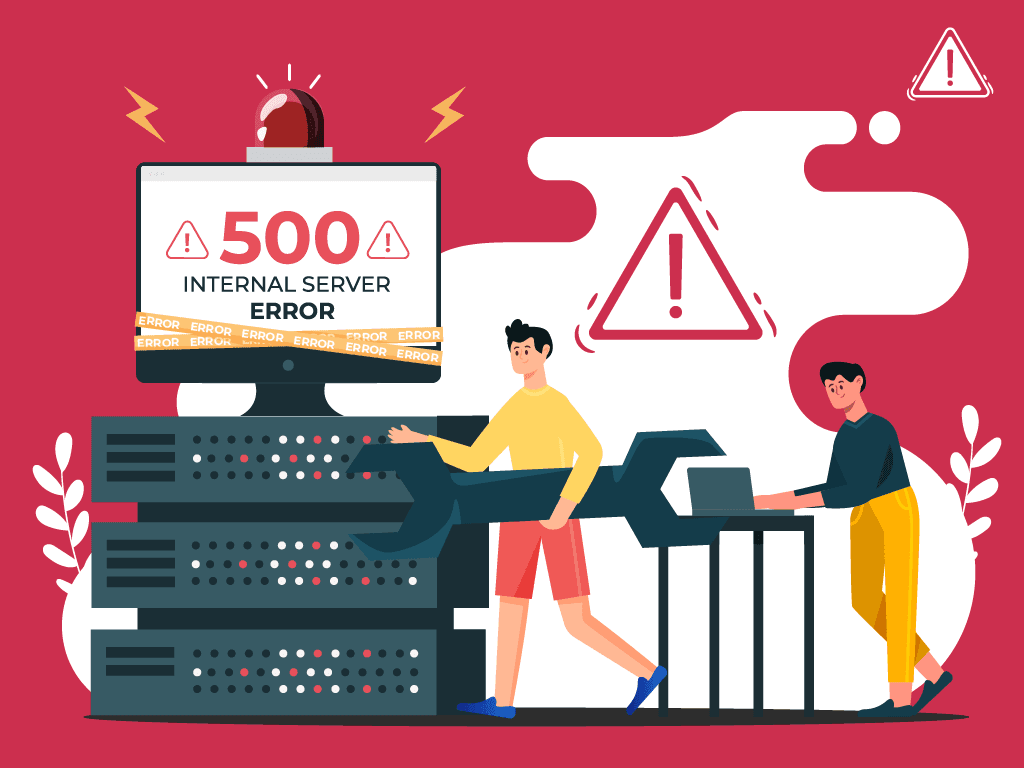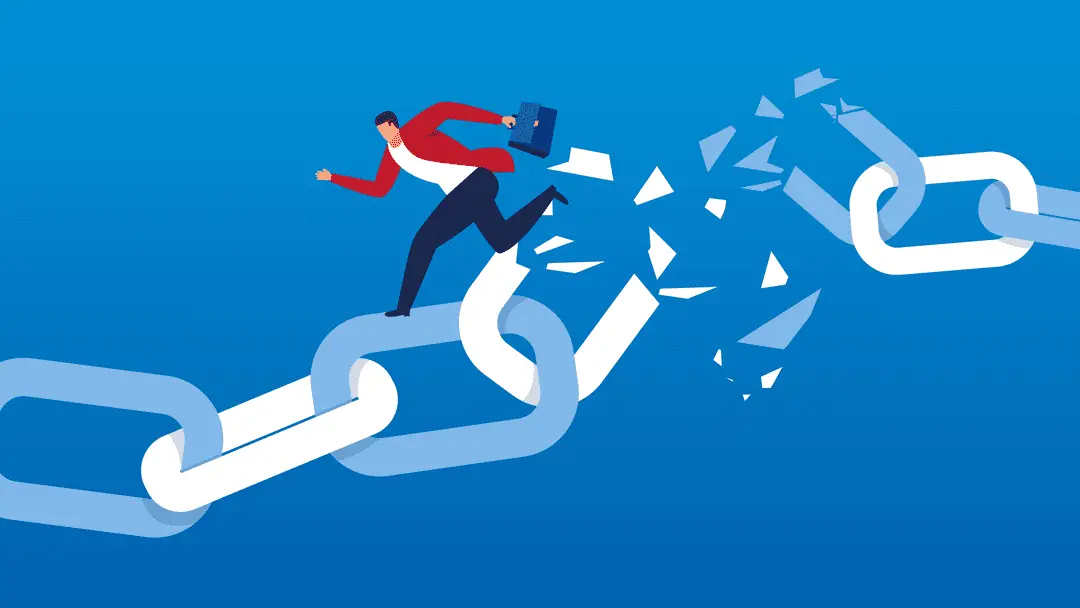Introduction:
A slow website loading speed can lead to a poor user experience and negatively impact your website’s performance. This guide provides a step-by-step approach to identify and resolve issues that may be causing slow loading speeds, ensuring a faster and more responsive website.
Resolving Slow Website Loading Speeds:
Step 1: Check Current Website Speed:
- Use online tools like Google PageSpeed Insights, GTmetrix, or Pingdom to measure your website’s current loading speed. These tools provide insights into various performance metrics and identify areas for improvement.
Step 2: Identify Performance Bottlenecks:
- Analyze the performance report generated by the speed testing tool. Identify specific elements or aspects of your website that contribute to slow loading speeds. Common issues include large images, excessive scripts, or server-related problems.
Step 3: Optimize Images:
- Compress and optimize images on your website. Large image files can significantly slow down loading times. Use tools like Adobe Photoshop, TinyPNG, or ImageOptim to reduce image file sizes without compromising quality.
Step 4: Leverage Browser Caching:
- Implement browser caching to store static resources locally on a visitor’s device. This reduces the need to download the same resources repeatedly, improving loading speeds for returning visitors. Configure caching settings in your website’s server or through a caching plugin.
Step 5: Minify CSS and JavaScript:
- Minify CSS and JavaScript files by removing unnecessary spaces, comments, and line breaks. This reduces file sizes and improves loading times. Use tools like UglifyJS, Terser, or online minification services.
Step 6: Enable Compression:
- Enable Gzip or Brotli compression for your website. Compressing files before they are sent to the visitor’s browser reduces the amount of data transferred, resulting in faster loading times. Most web servers support compression, and it can be configured in server settings.
Step 7: Optimize Server Response Time:
- Optimize your server response time by addressing server-related issues. Upgrade your hosting plan, optimize database queries, and use a Content Delivery Network (CDN) to distribute content geographically and reduce latency.
Step 8: Reduce HTTP Requests:
- Minimize the number of HTTP requests your website makes by reducing the number of resources or using techniques like CSS sprites. Each request contributes to loading time, so optimizing this aspect can have a significant impact.
Step 9: Implement Lazy Loading:
– Implement lazy loading for images and multimedia content. This defers the loading of non-essential elements until they are about to be displayed, reducing the initial load time for the page.
Step 10: Optimize Critical Rendering Path:
– Optimize the critical rendering path by prioritizing the loading of essential resources. Ensure that crucial assets like stylesheets and scripts needed for the initial page view are loaded efficiently.
Step 11: Use Content Delivery Network (CDN):
– Implement a Content Delivery Network to distribute your website’s static content across multiple servers globally. This reduces server response times and improves loading speeds for users in different geographical locations.
Step 12: Optimize Third-Party Scripts:
– Evaluate and optimize third-party scripts used on your website. Excessive or poorly optimized third-party scripts can significantly impact loading speeds. Consider deferring non-essential scripts or loading them asynchronously.
Step 13: Upgrade Hosting Plan:
– If you experience consistent slow loading speeds, consider upgrading your hosting plan. Choose a hosting provider that offers optimized server configurations and sufficient resources for your website’s needs.
Step 14: Monitor and Test Regularly:
– Regularly monitor your website’s loading speed using performance testing tools. Conduct tests after making changes to assess the impact and identify any new issues that may arise.
Step 15: Optimize Mobile Performance:
– Ensure that your website is optimized for mobile performance. Many users access websites from mobile devices, and a slow mobile experience can lead to higher bounce rates. Test and optimize specifically for mobile loading speeds.
Step 16: Seek Professional Assistance (if necessary):
– If you encounter persistent challenges or if your website is complex, consider seeking professional assistance. Web developers, performance optimization specialists, or your hosting provider’s support team can provide expert guidance.
Conclusion:
In conclusion, resolving slow website loading speeds involves a comprehensive approach, from optimizing images to addressing server-related issues. By following these steps, you can significantly improve your website’s performance, providing a faster and more enjoyable experience for your visitors.


